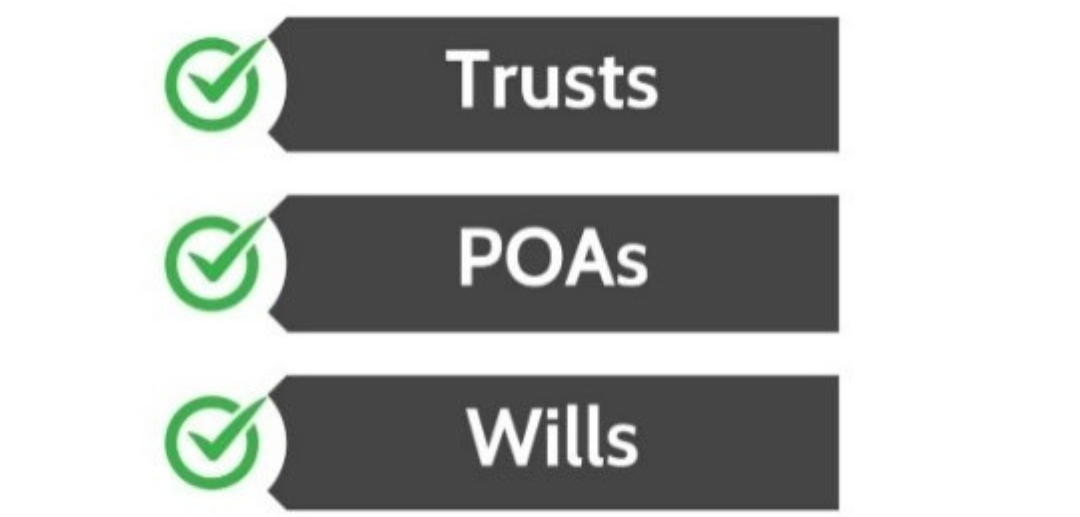Estate planning strategies are made up of multiple segments and is a key part to the financial planning process. The documents created ensure that your loved ones are protected and that your wishes are carried out in the way you desire. We will focus on three unique components of the estate planning process today, which include: Trusts, Wills and POAs.
A Will is a legally binding document that specifies your wishes on how you desire your assets to be distributed upon your death to your beneficiaries. By having a will in place, you eliminate the risk of assets going to people other than whom you intended and decrease the likelihood of family conflict. In the will, an executor or personal representative will be appointed to carry out the instructions laid out, such as distributing the assets to the specific, designated beneficiaries. If one of those beneficiaries happens to be a minor, in the will you may have the assets initially go to a guardian or trust until that minor becomes of age.
Trusts are typically created to protect assets for minors or other individuals who are not ready for the financial responsibility. A revocable trust may also help you avoid probate, which is the process of transferring your property and assets at death through a court-supervised process. Probate can be costly and time-consuming. In each trust, there is a trustee who is designated to hold and manage the assets on behalf of the beneficiary. By putting assets into a trust, you are helping to protect the beneficiary financially and perhaps leave an additional legacy.
A POA stands for Power of Attorney, and its purpose is a bit different from the trusts and wills that we just discussed. Rather than protecting your beneficiary and assets, a POAs purpose is to protect you during your lifetime and act in your best interest. In the unfortunate scenario where you are unable to make decisions for yourself, this legal document grants your agent the authority to act on your behalf. When appointing a POA, there are certain things you need to consider: Age, relationship, proximity and successor of the person you want to designate.
All of these documents above have the same goal of ensuring that your estate is managed correctly corresponding to your wishes. Not only does this simplify the process for your beneficiaries, but it also gives you a sense of security knowing that your assets are taken care of if something were to happen to you. It is also advantageous to review these documents periodically, especially after major life changes (birth of a child, marriage, divorce), to ensure they still reflect your wishes.
Each situation is unique and should be handled as such. For this reason, we work in conjunction with an estate planning attorney who can draft and execute the necessary legal documents to make sure you are protected. If you are reading this and need to draft/update any of your estate planning documents, please contact me, and we can discuss the best course of action for you.
Osaic FA and its representatives do not provide legal or tax advice. You may want to consult a legal or tax advisor regarding any legal or tax information as it relates to your personal circumstances.
CRN-7088516-100324


Recent Comments